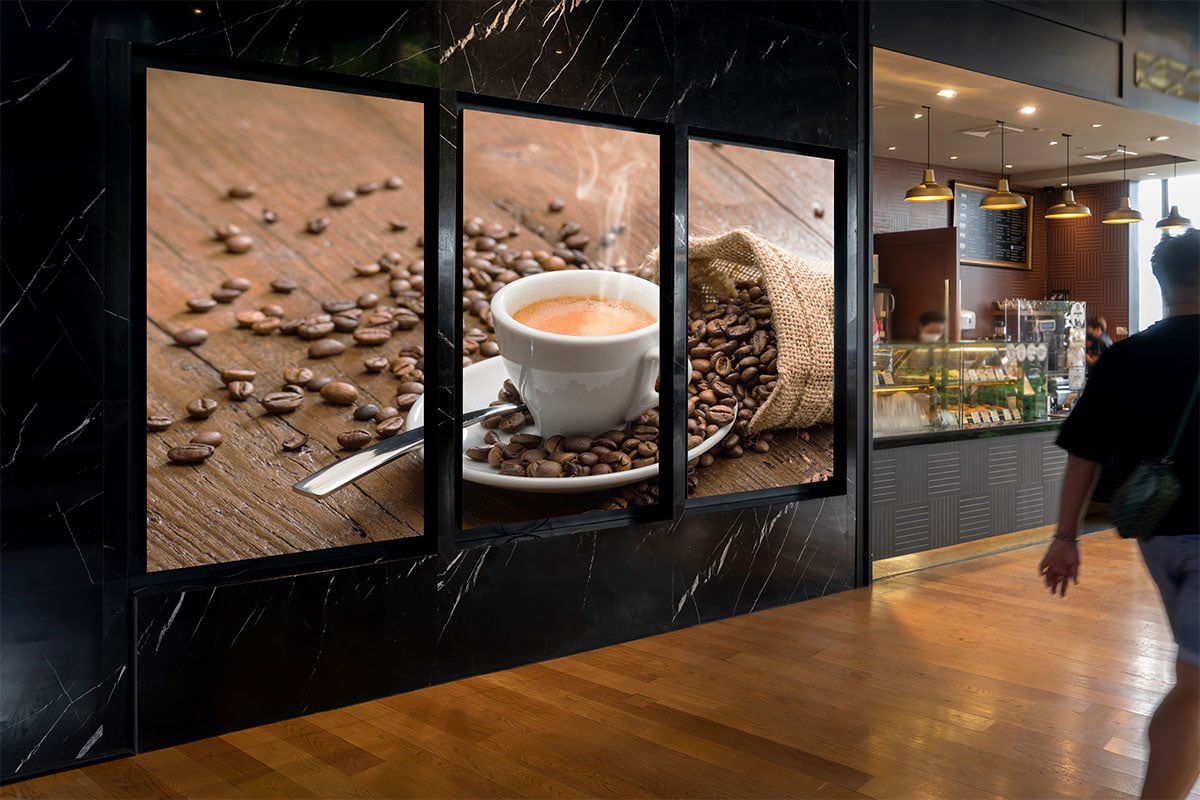Investigating the Key Elements That Influence Hue Uniformity in LED Panel Panels for Optimal Display Performance
Investigating the Key Elements That Influence Hue Uniformity in LED Panel Panels for Optimal Display Performance
Blog Article
Color consistency in LED wall panels is crucial for attaining optimal visual performance. LED wall panels are commonly used in various settings, including concerts, meetings, and promotional displays. When the hues on these panels are consistent, they create a more engaging and immersive encounter for audiences. Several critical elements influence hue uniformity, including the quality of the LED elements, calibration processes, and surrounding factors.
The caliber of the LED components plays a significant role in color uniformity. Various types of LEDs produce light at different frequencies, which can influence the total color output. Premium light-emitting diodes are designed to produce a more consistent light spectrum, resulting in better color accuracy. Additionally, the production process of these LEDs can impact their performance. Screens made with superior materials and technology tend to have fewer color variations, guaranteeing that the shown pictures and footage look lively and faithful to reality.
Calibration is another crucial factor in maintaining hue uniformity in light-emitting diode wall screens. Tuning entails adjusting the configurations of the screen to make certain that the colors displayed match the desired design. This procedure can consist of adjusting brightness, differentiation, and hue balance. Frequent tuning is essential, especially in environments where illumination factors change frequently. By tuning the screens, technicians can correct any inconsistencies in hue output, resulting to a more consistent viewing experience.
Surrounding factors also influence hue consistency in light-emitting diode wall panels. Factors such as surrounding light, heat, and humidity can influence how hues are perceived. For instance, intense surrounding light can wash out colors, making them appear more lively. Similarly, harsh temperatures can affect the functionality of the light-emitting diodes, resulting to color shifts. To mitigate these problems, it is crucial to install light-emitting diode wall screens in managed settings where lighting and temperature can be controlled efficiently.
Finally, the design and arrangement of the LED wall panels can affect hue uniformity. The configuration of the screens, as well as the spacing from which they are observed, can create variations in hue recognition. When screens are placed too far apart or at different angles, audiences may detect discrepancies in color. To achieve the best optical performance, it is important to take into account the placement and alignment of the websites panels during setup. By tackling these elements, operators can guarantee that their LED wall screens deliver a consistent and high-quality visual encounter.